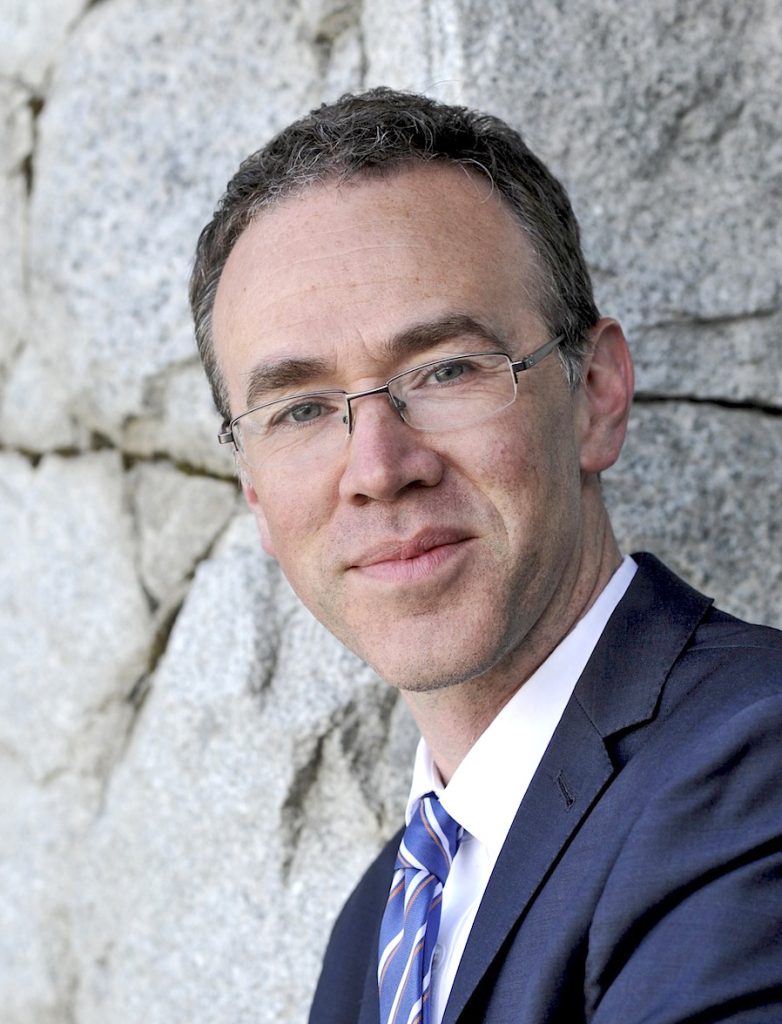
Opinion: Back and better with the bioeconomy
October 27, 2020
By Rob van Adrichem
The role of the bioeconomy in Canada’s post-COVID economic recovery
 Rob van Adrichem
Rob van Adrichem It seems to happen almost every day: a think tank, government organization, or blue-ribbon panel weighs in on the ingredients necessary for Canada’s post-COVID recovery and how “green” it should be. But as I write this, it seems premature to talk of a “post”-COVID recovery, with the world surpassing 35 million cases of COVID-19 and many provinces continuing to set single-day records for new cases. One thing, however, is sure: whether we’re talking about a post-COVID recovery or just the continued evolution of Canada’s economy, the bioeconomy is critically important.
And why wouldn’t it be? The bioeconomy is huge, employing upwards of two million people, according to Canada’s Bioeconomy Strategy. Maybe more important than the large number of jobs is where they are, as employment in the bioeconomy is spread across hundreds of communities large and small, helping to address urban-rural inequities and enabling forest-based communities to thrive. The bioeconomy is based on a renewable resource that comes from sustainably managed forests and has the unique potential to both displace and sequester carbon, aid in the transition away from a dependence on fossil fuels, and lead the way to a circular economy. The bioeconomy also has a social side, contributing to health and well-being, and cultural expression.
The issue isn’t whether the bioeconomy will continue to play an enormous role in Canada’s economy and society; it’s whether policy-makers and governments at all levels will seize this opportunity to make the bioeconomy a signature part of Canada’s low-carbon future. That’s where we come in.
The Canadian Bioeconomy Conference and Exhibition, formerly known as the International Bioenergy Conference and Exhibition, started in 2004 in Prince George, B.C., to bring awareness to the growing market for Canada’s “waste” wood fibre in the form of wood pellets. While the mandate of the conference has evolved to include a greater range of products from the wood biomass value chain, the conference has stayed true to its initial purpose: bring people together to explore opportunities in the bioeconomy and provide them with diverse local, national, and international perspectives that can inform the development of the bioeconomy at home and beyond.
Our conference is certainly not alone in this mission. The Scaling Up and Canadian BioDesign conferences similarly explore critical issues in the evolution of the bioeconomy in Canada, and WoodWorks, the Forest Products Association of Canada, Bioindustrial Innovation Canada, the Wood Pellet Association of Canada, FPInnovations, the Canada Wood Group, the Council of Forest Industries, the Canadian Wood Council, and Forestry Innovation Investment are all active in advocacy, public communication, and knowledge transfer. Likewise, multiple universities and colleges deliver related educational programs and conduct research on topics ranging from ecosystem sustainability to new products.
Even with these organizations’ great work, we continue to require enhanced public education, government relations, and better communication within the sector. If anything, it would seem the challenge is greater than ever despite (or maybe because of) the proliferation of communication channels. It’s a topic that emerged in the first webinar our conference presented this past June, when Canada Research Chair Warren Mabee of Queen’s University suggested that “communication” is one of the big challenges for the sector, particularly conveying messages aimed at the public and consumers about the relationship between the bioeconomy and sustainability.
Not coincidentally, the COVID-19 pandemic is forcing all of us to become more creative in how we share information. The increase in digital delivery, such as webinars, is providing a broader range of stakeholders a kind of personal access to experts and information that simply didn’t exist before. During the same webinar in June, it was encouraging to hear B.C. Chief Forester Diane Nicholls express her excitement at the increase in the “chatter” around the bioeconomy, green solutions, and eagerness to do things better.
The challenge now is translating that interest into real advancement for the bioeconomy. Collaboration and co-operation among those of us active in the bioeconomy is crucial, as we continue to raise the profile and highlight the promise of this sector. We are honoured to have contributed to this effort during our conferences and are grateful that, even though our 2020 conference has been postponed, we can continue to connect many bioeconomy stakeholders online until hopefully we can all meet in person again. •
Rob van Adrichem has worked in post-secondary education and local government and is the chair of the society that presents the Canadian Bioeconomy Conference and Exhibition in Prince George.
Print this page